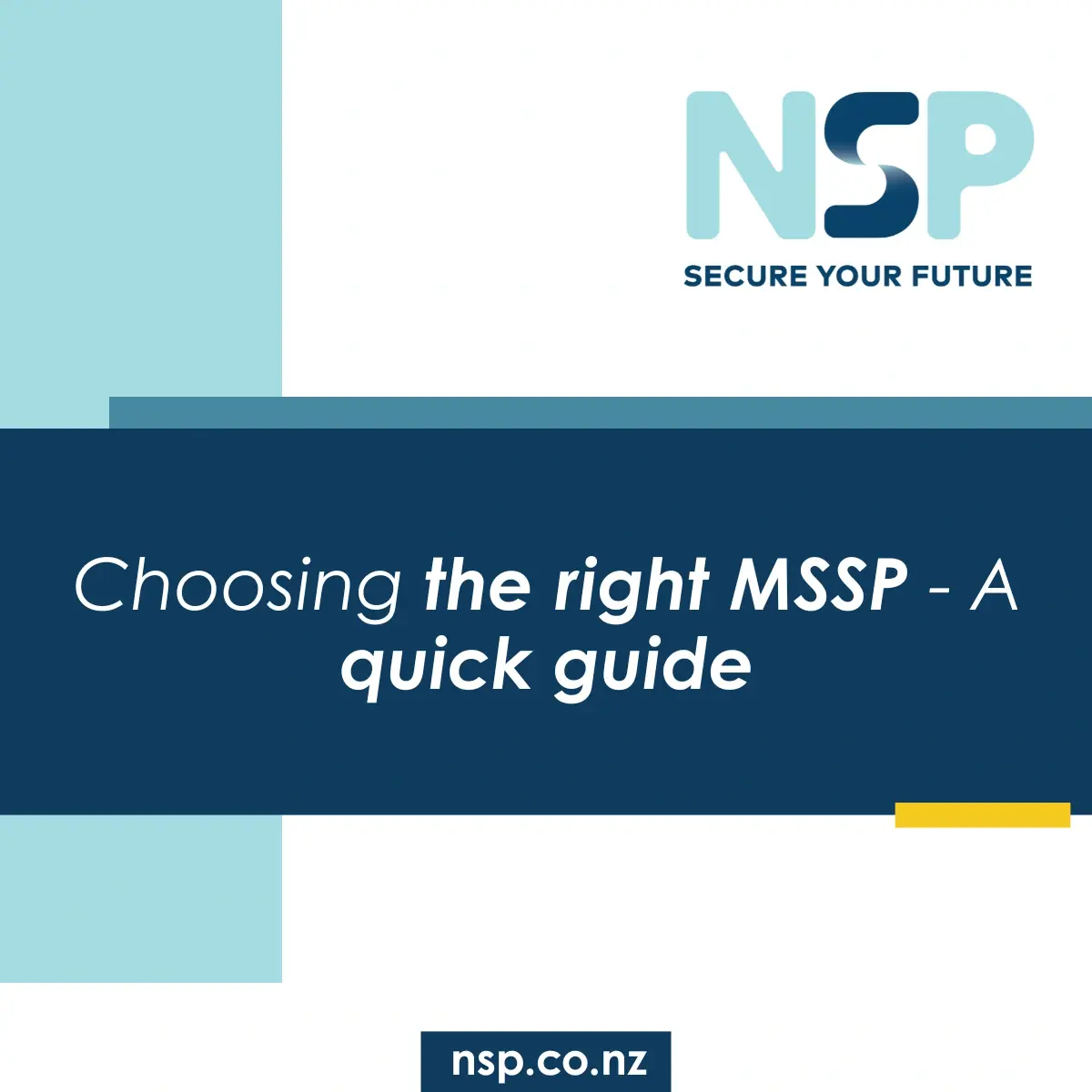Unlock actionable insights to strengthen your cybersecurity posture with our diverse range of cybersecurity assessments
Evaluate your security posture to pinpoint potential vulnerabilities and fortify your defences against threat actors.
-
Maturity Assessment
-
Technical Risk Assessment
-
Cloud Security Assessment
-
Security Operations Center (SOC) Assessment
-
Identity Security Assessment
The benefits of a Cybersecurity Assessment
Gap analysis
Identify cybersecurity program gaps across people, processes, and technology.
Visibility to IT assets
Gain insights into active directory, assets, and applications within your network environment.
Maturity assessment
Determine your organisation’s current maturity level and receive guidance on desired maturity levels.
Comparative rating
Benchmark your maturity against similar organisations facing comparable challenges and risks.
Action plan
Receive a customised roadmap identifying areas for security posture improvement and prioritised actions.
Get Started with Security Assessments To Strategise Your Security Roadmap
Take a quick survey to gauge your security posture.
Unveiling Opportunities for a Stronger Network
The NSP Security Assessment Report analyses your current security posture and identifies vulnerabilities.
The report guides decision-making with actionable recommendations, such as improved network design, monitoring solutions, and vendor accountability processes. Remember, the report is a snapshot in time, and regular assessments are crucial to staying ahead of evolving threats.
Learn More About NSP's Cybersecurity Solutions
Penetration Testing services
Penetration Testing services
Designed to simulate real-world cyberattacks on various elements of your IT environment. Assesses the detection and response capabilities of your people, processes, and technology, pinpointing vulnerabilities within your system.
Email Security Service
Email Security Service
NSP secure email services offer end-to-end encryption, ensuring that your messages remain confidential, shielded from third-party interception and unauthorized access.
vCISO
vCISO
Leverage industry leading security expertise in a cost-effective way, suited for your business needs.
Cybersecurity Assessments
Cybersecurity Assessments
Unlock actionable insights to strengthen your cybersecurity posture with our diverse range of cybersecurity assessments. Evaluate your security posture to pinpoint potential vulnerabilities and fortify your defenses against threat actors.
Incident Response
Your Question answered
What is a Security Assessment?
A security assessment is a test or evaluation of security measures to make sure they are working correctly and meeting the requirements to protect an information system or organisation. A security assessment offers valuable insights into the effectiveness of security controls and practices. It identifies weaknesses that may expose the organisation to cyber threats, data breaches, and regulatory issues. By understanding these risks, leaders can make informed decisions and allocate resources to address them.
What might a Security Assessment uncover?
An assessment may uncover outdated firewalls or unpatched systems that could lead to cyber attacks. By addressing these vulnerabilities, leaders can prevent data breaches and operational disruptions. Similarly, an assessment can reveal flaws in application security, such as insecure coding or weak access controls. Addressing these weaknesses reduces the risk of data and financial loss. Additionally, a security assessment ensures compliance with regulations and industry standards. By identifying compliance gaps and policy deficiencies, leaders can protect their reputation and maintain competitiveness.
What areas of security should be assessed?
- Examine physical infrastructure security measures like access controls, surveillance systems, and environmental controls.
- Analyse network infrastructure for vulnerabilities/unauthorised entry points, including firewalls, routers, switches, and wireless networks.
- Evaluate application and software security, including coding errors, configuration weaknesses, and access controls, to identify vulnerabilities.
- Analyse data encryption, backups, leakage prevention, and retention.
- Evaluate security policy compliance including best practices, regulations, and user training.
- Test resilience against manipulative attacks/social engineering. Test for sensitive information or unauthorised access.
How long does a security assessment typically take?
The duration of a security assessment varies based on the organisation’s size, complexity, and specific requirements. It can range from a few days to several weeks, considering the assessment scope. Factors like the organisation’s size, technology environment, and assessment type influence the assessment duration. Engaging with a qualified security professional at NSP can help determine the appropriate timeframe.
How can I prepare for a security assessment?
To prepare for a security assessment, start by documenting your security policies and procedures, ensuring they are up to date. Familiarise yourself with relevant compliance requirements and gather information about your IT infrastructure. Assess the effectiveness of your security controls and conduct regular vulnerability assessments. These steps will help you prepare effectively for the assessment and enhance your organisation’s security posture. Consider engaging a qualified security professional at NSP to ensure a thorough assessment.
What is the NIST Cybersecurity Framework?
Created in 2014 in response to an Executive Order, the NIST Cybersecurity Framework is based on established standards and divides cybersecurity controls into five functions: Identify, Protect, Detect, Respond, and Recover. Widely adopted, it provides a strategic view of an organization’s cybersecurity risk management. Implementing and maintaining a strong cybersecurity standard is complex, and adopting recognized frameworks like NIST is essential for success. Our IT Security Risk Assessments fully align with this framework.
Is a cybersecurity risk assessment synonymous with a cybersecurity audit?
While they share a connection, they are not identical. A cybersecurity audit provides a comprehensive view of your cybersecurity status and highlights any existing gaps—often referred to as a cybersecurity health check. Our IT risk assessments go beyond this by evaluating risks specific to your business, identifying threats, assessing vulnerabilities, and pinpointing critical assets. We then offer guidance on implementing security controls to mitigate these risks.
View more
Top Headlines With The Latest News
Keep up to date with our latest resources on cybersecurity, managed services, cloud and modern workplace.

Cybersecurity
NZ Lost $12.4M to Email Scams in Q3 2025 | NCSC Report
Q3 2025 Cyber Reality Check: When Email Becomes a $12 Million Problem
December 17, 2025

Managed services
Why Your IT Team Can't Handle Security Alone | MSSP Guide NZ
Why Good IT Teams Still Need an MSSP
December 17, 2025

Cybersecurity
Shadow AI: Your Biggest Security Risk Is Already Inside
The Shadow AI Problem: Why Your Biggest Security Risk Is Already Inside Your Organisation
December 16, 2025
.webp)
Deserving Family
Supporting a Local Family: Community Makes a Difference
A Story of Resilience: This Year's Deserving Family
December 10, 2025

Managed services
How to Choose a Managed Security Service Provider (MSSP) | NSP NZ
The SME Guide to Choosing an MSSP
December 4, 2025
Let’s stay in touch!
Enter your details below to stay up-to-date with the latest IT solutions and security measures.





